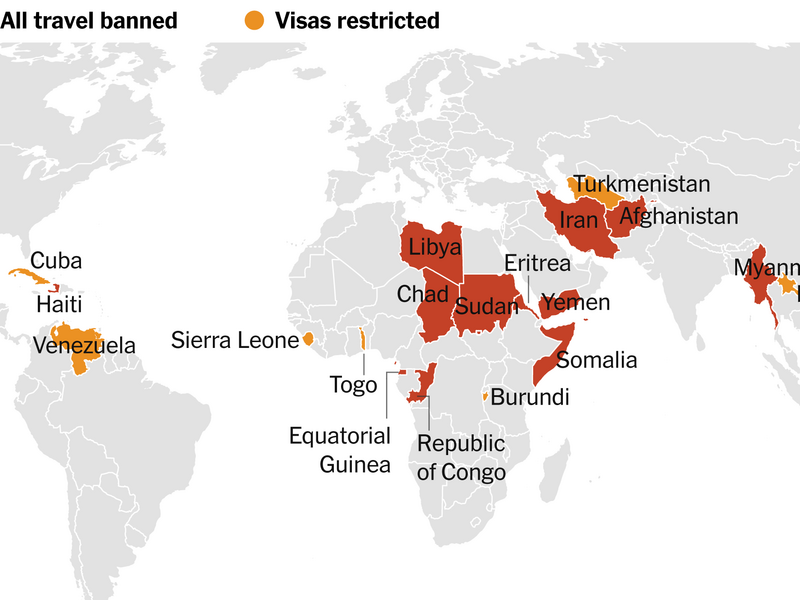Introduction: SA Reindustrialisation
South Africa faces economic challenges such as high unemployment and heavy reliance on imports. SA Reindustrialisation provides a strategic approach to tackle these issues by enhancing manufacturing, mining value addition, and agro-processing. Analysts estimate that scaling up industrial activity by 2030 could generate approximately US $5.7 billion in extra output and create about 250,000 jobs. Beyond economic benefits, this initiative strengthens local industries, develops workforce skills, and encourages innovation. Targeted investments and supportive policies are crucial to achieving its full potential. This article outlines six ways SA Reindustrialisation can foster growth and employment.
1. Drives Job Creation
A major advantage of SA Reindustrialisation is its ability to generate employment. Sectors such as manufacturing, mining, and agro-processing create opportunities for skilled and semi-skilled workers. By 2030, the initiative could provide roughly 250,000 jobs, reducing unemployment and improving household incomes. Linking vocational training to industry needs ensures a workforce prepared for long-term economic growth.
2. SA Reindustrialisation Increases Domestic Output
One of the central goals of SA Reindustrialisation is expanding local production. Producing goods and processing raw materials domestically could add an estimated US $5.7 billion to the GDP by 2030. Higher output strengthens the economy, improves trade balances, and attracts investment. Local manufacturing reduces reliance on imports and allows the country to capture more value from its resources, supporting sustainable industrial development.
3. Enhances Mining Beneficiation
Mining remains a cornerstone of South Africa’s economy, yet exporting raw minerals limits potential value. SA Reindustrialisation promotes beneficiation by turning minerals into finished or semi-finished products within the country. This generates specialized jobs in metallurgy, chemical processing, and engineering. Establishing industrial hubs near mining areas also boosts regional employment and economic diversification. Strong infrastructure and effective policies maximize the initiative’s impact in this sector.
4. Strengthens Agro-Processing Industries
Agriculture can significantly contribute to industrial growth. SA Reindustrialisation emphasizes converting raw crops into value-added products such as packaged foods, juices, and processed grains. This approach stimulates rural employment, enhances export potential, and supports small and medium-sized businesses. Investments in modern processing facilities, logistics, and training programs are essential to fully realize the benefits of agro-processing.
5. Revitalizes the Automotive Sector
The automotive industry is a key contributor to industrial output. SA Reindustrialisation encourages local vehicle assembly and component production, reducing import dependence while creating jobs across factories and supply chains. A thriving automotive sector attracts foreign investment and drives technological innovation. Strengthening domestic production reinforces South Africa’s position in the global automotive market and supports broader economic development.
6. Promotes Skills Development and Innovation
Sustainable industrial growth requires a skilled and innovative workforce. SA Reindustrialisation supports technical training, apprenticeships, and vocational programs aligned with industry demands. Workers develop expertise in modern manufacturing techniques, metallurgy, and agro-industrial production. Research, technology adoption, and process improvements further encourage innovation, ensuring long-term competitiveness and economic resilience.
FAQs
Q1: What is SA Reindustrialisation?
It is an initiative aimed at strengthening South Africa’s industrial base through manufacturing and value-added production.
Q2: How many jobs will it create?
Around 250,000 positions are expected by 2030 across multiple sectors.
Q3: Why is it important for South Africa?
It increases domestic output, enhances workforce skills, and reduces dependency on imported goods.
Conclusion
SA Reindustrialisation provides a strategic roadmap to transform South Africa’s economy. By generating employment, boosting domestic production, and promoting value addition in mining, agro-processing, and automotive sectors, the country can achieve sustainable growth. Strategic investments, robust infrastructure, and innovation-driven policies will ensure long-term competitiveness, economic resilience, and inclusive development nationwide.




